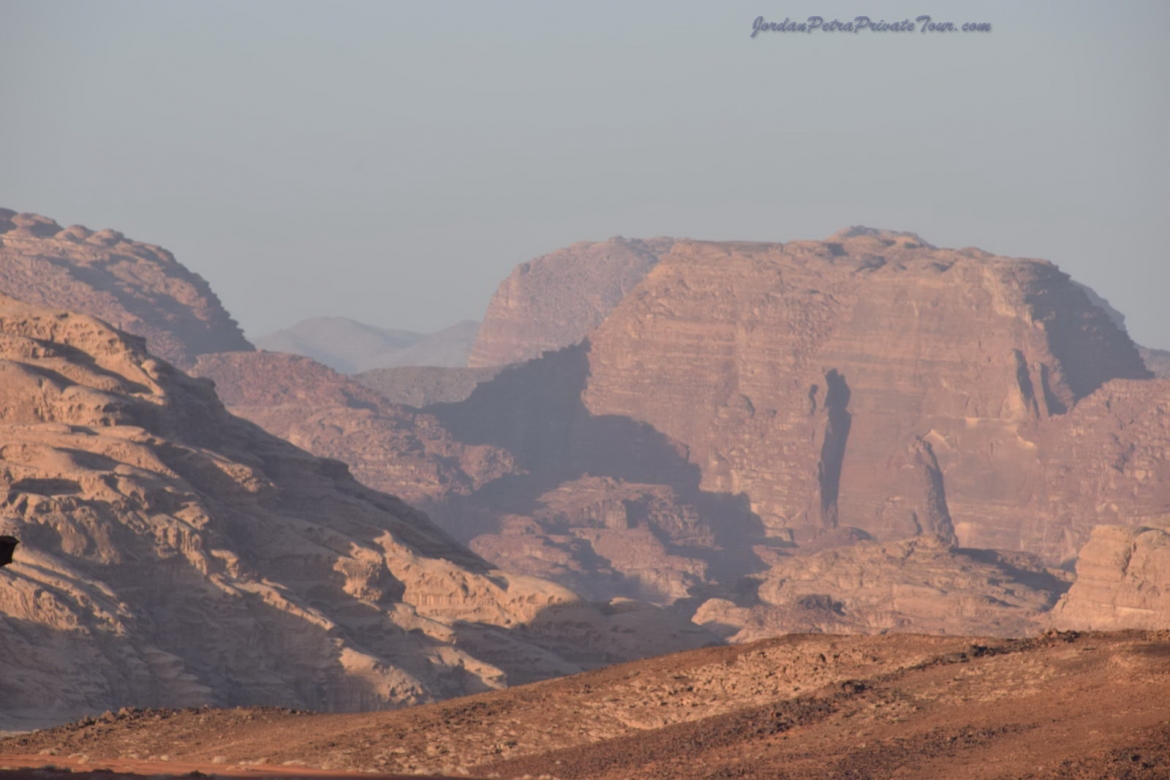There is a great diversity of landforms in the desert, from towering cliffs and natural arches to narrow valleys and hidden caves, all adding to the region s distinct allure and highlighting its rich cultural heritage.

The history of man s 12,000-year relationship with the natural environment in the Wadi Rum region is chronicled in inscriptions carved into rocks and monuments dotted throughout the reserve.
Evidence of human thought and alphabetic writing s early stages can be seen in the site s 25,000 rock carvings and 20,000 inscriptions. The history of farming, city-building, and other facets of the region s culture are all chronicled here.
The paved, barrier-free route to the reserve s entrance, where a visitor center and a place to eat can be found, winds its way between the mountains. From there, tourists in the company of tour guides typically members of the local community enter the reserve to learn about natural wonders like Seven Pillars of Wisdom Mountain, the Umm Ishrin mountain range, and the world s oldest olive trees.
Many visitors to the reserve stay overnight at one of the reserve s eco-camps, which function as a fully-fledged hostel with a variety of amenities, to meditate and relax before waking up to watch the sun rise over the reserve s colorful mountains and sand dunes. Alternatively, some people like to go mountain climbing, hiking along winding trails to hidden pools of water at the peak, and then finishing the day by watching the sun set.
The reserve s director, Saleh Naimat, told Petra that hot air balloon rides are now an option for tourists who want to see the reserve s natural beauty from above and spot some of the various species of deer, oryx, and other animals that roam the region.
Source: www.petra.gov.jo



